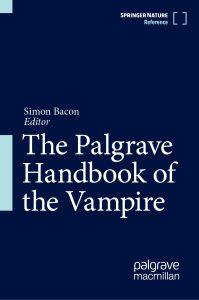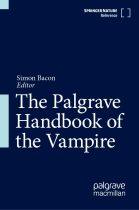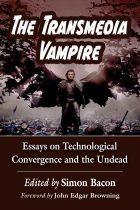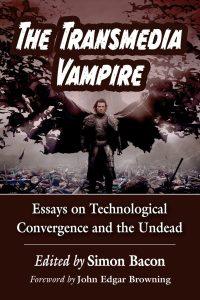2023
 This article discusses the vampiric representation of the jiangshi in Hong Kong and Chinese cinema. The paper argues that while the jiangshi is a monstrous creature in its own right, over the years it has undergone a number of changes to align it with Western vampires. The article begins with a brief discussion of the jiangshi as a literary trope introduced in Chinese stories of the strange, particularly those written during the Qing period. The paper then examines three major shifts in cinematic representation of the creature from its early appearances in the 1980s Hong Kong cinema where it is compared and contrasted with Western vampires, and its post-Handover evolution that follows two different trajectories – reinventing the jiangshi as a pan-Asian horror icon and utilizing it as a tool of the Chinese government anti-superstition propaganda.
This article discusses the vampiric representation of the jiangshi in Hong Kong and Chinese cinema. The paper argues that while the jiangshi is a monstrous creature in its own right, over the years it has undergone a number of changes to align it with Western vampires. The article begins with a brief discussion of the jiangshi as a literary trope introduced in Chinese stories of the strange, particularly those written during the Qing period. The paper then examines three major shifts in cinematic representation of the creature from its early appearances in the 1980s Hong Kong cinema where it is compared and contrasted with Western vampires, and its post-Handover evolution that follows two different trajectories – reinventing the jiangshi as a pan-Asian horror icon and utilizing it as a tool of the Chinese government anti-superstition propaganda.



